Renaissance inspiration
The Renaissance, meaning “rebirth,” was a profound cultural and artistic movement that emerged in Europe, primarily in Italy, during the late Middle Ages and spanned the 14th to the 17th centuries. It marked a departure from the religious, feudal, and scholastic frameworks of the medieval period and fostered a rediscovery of classical antiquity’s art, literature, and philosophy, especially the works of ancient Greece and Rome. This revival of classical knowledge, humanism, and naturalism had a transformative impact on art, science, and culture, laying the groundwork for modern Western thought.
Key Characteristics:
- Humanism: Central to the Renaissance was humanism, a philosophy that emphasized the value of human potential, reason, and individual achievement. Artists and thinkers shifted their focus from the divine to the human experience, exploring themes like personal emotion, realism, and the natural world.
- Scientific Perspective: Artists developed new techniques such as linear perspective, which allowed them to depict three-dimensional space on a two-dimensional surface. This scientific approach to visual representation helped create more realistic and anatomically accurate figures in painting and sculpture.
- Rediscovery of Classical Ideals: Renaissance artists and intellectuals sought to revive the ideals of balance, symmetry, and proportion that were hallmarks of Greco-Roman art. Figures like Leonardo da Vinci and Michelangelo combined these classical ideals with an intense study of nature and anatomy to create works of staggering realism and beauty.
- Technological and Scientific Innovation: Inventions like the printing press (developed by Johannes Gutenberg around 1440) revolutionized the spread of knowledge, allowing Renaissance ideas to flourish across Europe. The pursuit of knowledge also extended into scientific exploration, with figures like Galileo and Copernicus contributing to advancements in understanding the natural world.
Influence on Modern and Digital Art:
The influence of the Renaissance extends into contemporary art and digital media, affecting not only artistic technique but also how we think about art’s purpose and its connection to human experience.
- Realism and Naturalism: Many modern and digital artists continue to pursue the Renaissance goal of realism, using advanced software and digital tools to achieve lifelike detail and naturalism in 3D modeling, animation, and digital painting. The Renaissance’s interest in anatomical accuracy and perspective informs the way digital artists build virtual worlds and human figures.
- Humanism in Digital Art: Humanist principles of individual expression, human potential, and emotional depth resonate strongly in today’s art. Digital artists often explore personal and psychological themes in ways that mirror the Renaissance focus on the human condition.
- Technology as a Tool for Artistic Expression: Just as the Renaissance benefited from technological advances like the printing press, modern artists leverage the digital revolution to create, disseminate, and democratize art. Programs such as Photoshop, Blender, and other digital platforms allow artists to experiment with techniques such as photorealism, virtual reality, and interactive art, pushing the boundaries of artistic expression.
- Revival of Classical Elements: The Renaissance’s admiration for classical Greco-Roman themes and techniques can be seen in modern digital art, where artists often draw from mythological, historical, or philosophical ideas, blending them with contemporary aesthetics. The use of symmetry, proportion, and composition in digital design still echoes the foundational principles laid down during the Renaissance.
- Renaissance Masters as Digital Inspirations: Many digital artists and developers study Renaissance masterpieces, such as Leonardo’s “Vitruvian Man” or Michelangelo’s “David,” as models for understanding anatomy, composition, and movement. These classical works continue to inspire the way digital artists construct character designs, landscapes, and even interactive elements in video games.
Conclusion:
The Renaissance’s artistic, cultural, and intellectual revolution redefined the way humanity viewed itself and the world, leaving a lasting legacy that still profoundly shapes modern thought and artistic practices. In the realm of digital art, the Renaissance’s emphasis on realism, humanism, and innovation lives on, with artists continuing to explore new ways to express the intricacies of the human experience. By merging these classical ideals with cutting-edge technology, modern artists are able to push the boundaries of creativity in ways that mirror the spirit of the Renaissance itself.

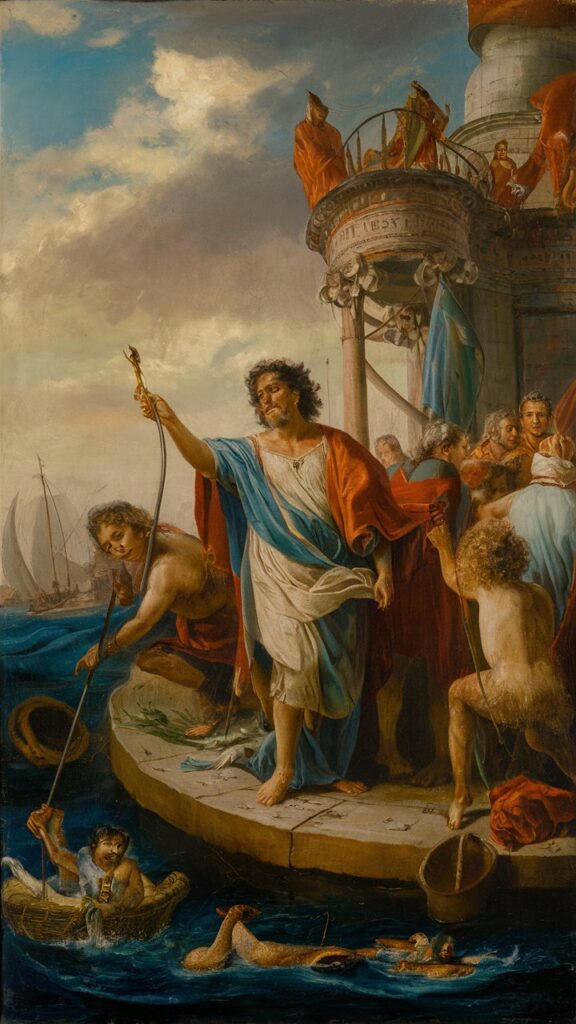
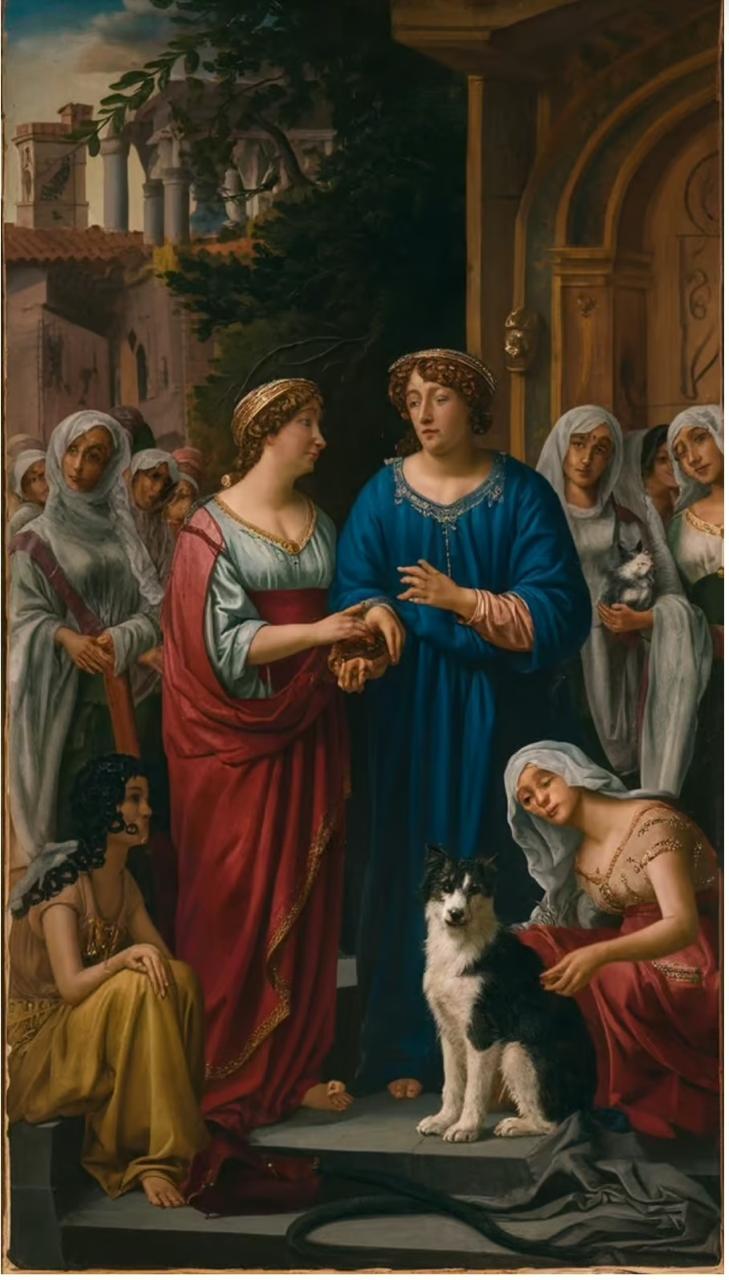
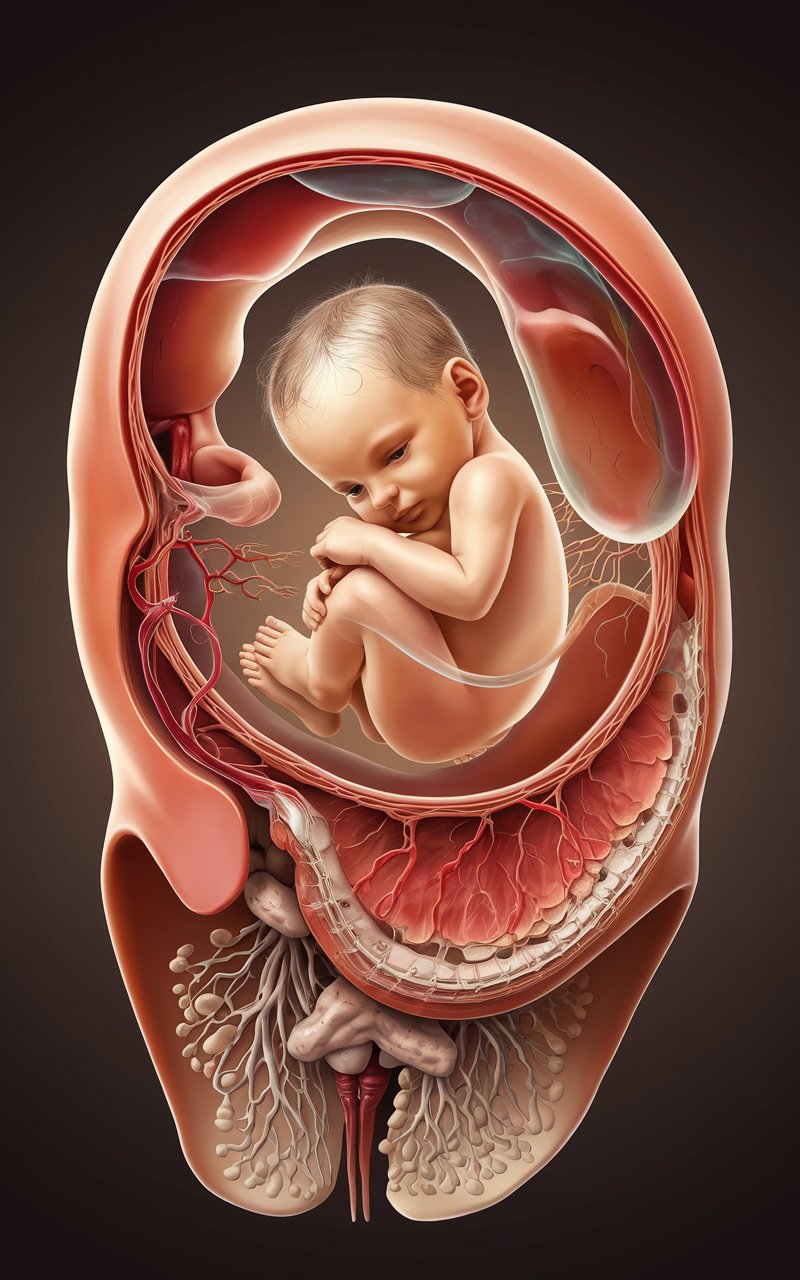


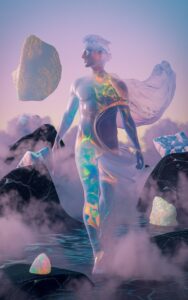
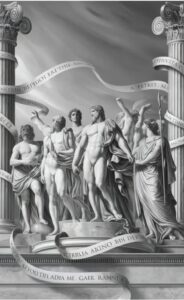
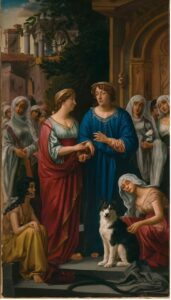

Post Comment